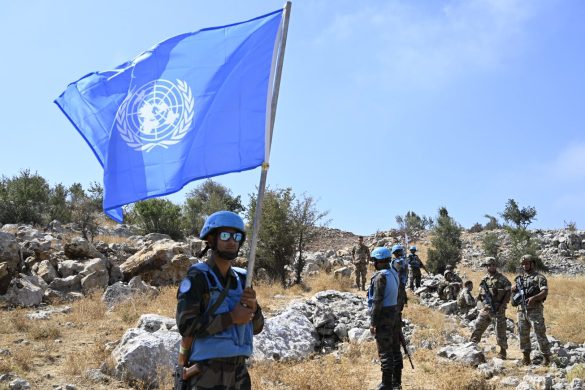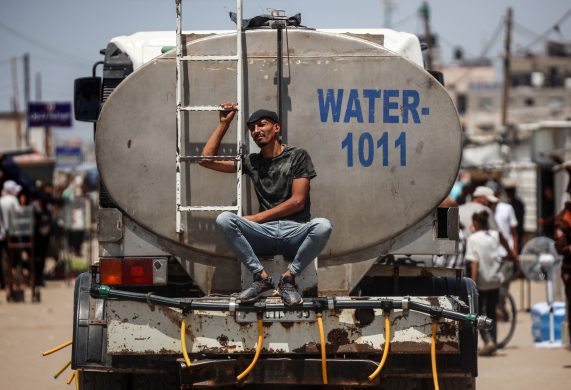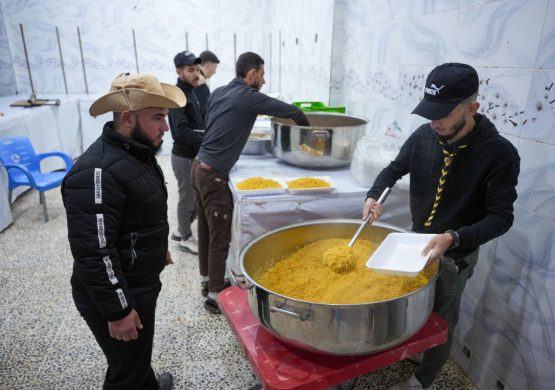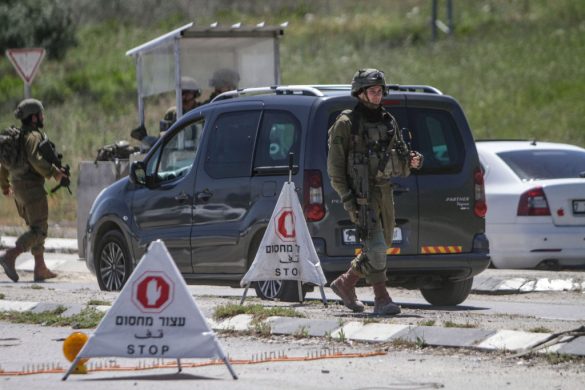Efter 10 år med slet fungerende politiarbejde sættes Afghanistans paramilitære politikontrol under lup i en ny rapport udarbejdet af Afghan Analysts Network (AAN).
Despite representing the bulk of Afghanistan’s post-2001 policing, the paramilitary dimension of the Afghan police has received little attention among analysts, AAN reports.
In AAN’s latest report, “Paramilitary Policing in Context. The Risks of Expediency”, Antonio Giustozzi and Mohammad Isaqzadeh describe the origin and development of paramilitary policing in Afghanistan and explore what this means for the prospects of a smooth transition and future stability.
The authors describe how Afghanistan’s police went through various stages under the monarchy, communist rule, the mujahedin and the Taleban, and how in 2002 there was very little left of the pre-1978 institutions.
Discipline was poor, command and control was weak and police positions were divided among factions as spoils of war.
The report further explores the post-2001 efforts that have been made to improve the command and control capabilities of the police and finds a recurring pattern of expediency and lack of a coherent or appropriate strategy.
And although the technical capabilities of the Ministry of Interior have improved dramatically, the same can not be said for the willingness or ability at the top to direct effectively, or at the bottom to obey.
The authors argue that paramilitary policing, which is the current de facto model in Afghanistan, has to be seen within the wider context of police responsibilities: how the police cater for the state’s need for self-protection, the demand of communities for basic security, the desire of the business community and other groups for predictability in policing, and a range of other tasks.
They conclude that in order for the Afghan state survive the transition it will need to develop a more balanced package of policing.
Kilde: Afghan Analysts Network.
For at downloade rapporten, gå til: http://aan-afghanistan.com/index.asp?id=2265














